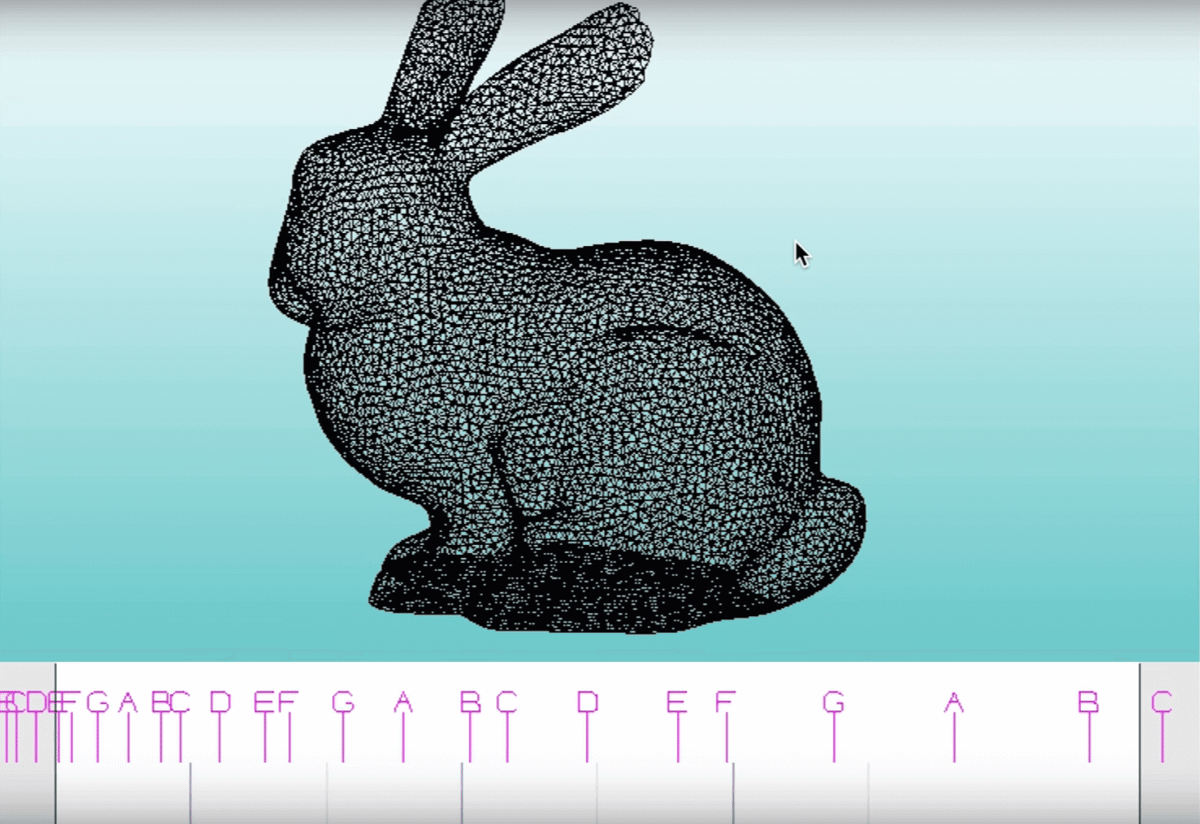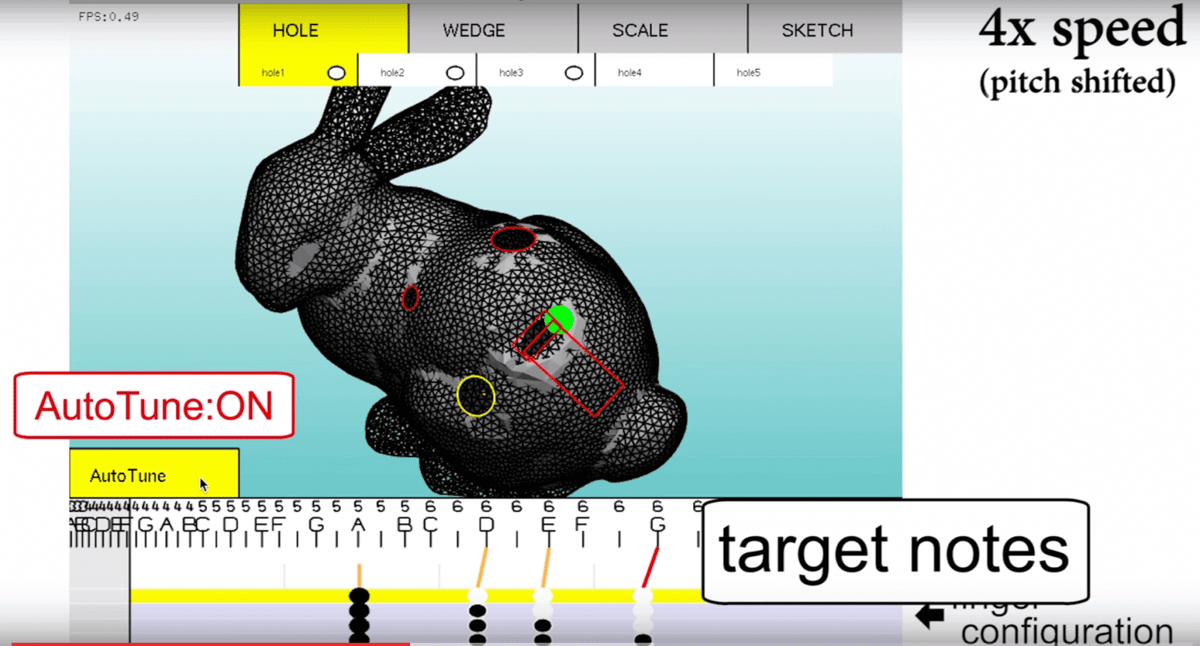Autodesk Research has developed a software that turns 3D prints into wind instruments. Just tweak mouthpieces and finger holes in the Printone software – and you’re ready to play.
Times have never been so exciting for professional and aspiring musicians: Just download some free VST instruments and start playing. But that’s not going to work for physical instruments. They are still expensive. This is especially true for keyboard, brass and wind instruments.
Autodesk Research has come up with a great solution for the latter. They developed a software called “Printone”. It turns most 3D printed objects into a working 3D printed wind instrument. So you can download nearly every STL file (and you find a ton of free resources here) and turn it into a flute, an ocarina or into “Puff, the Magic Dragon” flute.
There’s a huge drawback, though: Unfortunately, the software has not yet been released to the public. But here’s how it works:
How to Build Your Own Instrument Using Printone
Printone allows novice users to create functional wind instruments out of arbitrary 3D shapes. Starting with a triangle mesh, the user adds a cavity, finger holes, and a mouthpiece. The mouthpiece should be placed so that the user can blow into it without any obstructions.
Printone then calculates the optimal places for the finger holes, which can also can be varied in size, so the tuning changes. The software will guide the user towards the correct notes, so you get a proper tuning for your new instrument.
You can also scale the object for the lowest note of the instrument. So, how about the “Bass Bunny Flute” you’re gonna play at the next pow-wow session?
The instrument design actually goes quite deep, as you can connect the finger hole to certain notes – for instrument builders, this is a dream come true. You can also add professional mouthpieces and go crazy with the body designs. Donut-shaped flutes, anyone?
If you want to dig a deeper, there‘s a publication called “Interactive Resonance Simulation for Free-Form Print-wind Instrument Design” by Nobuyuki Umetani, Athina Panotopoulou, Ryan Schmidt and Emily Whiting (open the PDF here). It gets down to the nitty-gritty physics.
We’ll keep you updated as soon as the software gets released.
License: The text of "Autodesk Software Turns 3D Prints Into Wind Instruments" by All3DP is licensed under a Creative Commons Attribution 4.0 International License.

